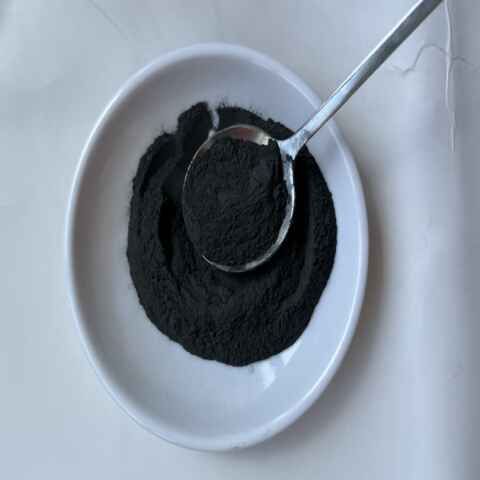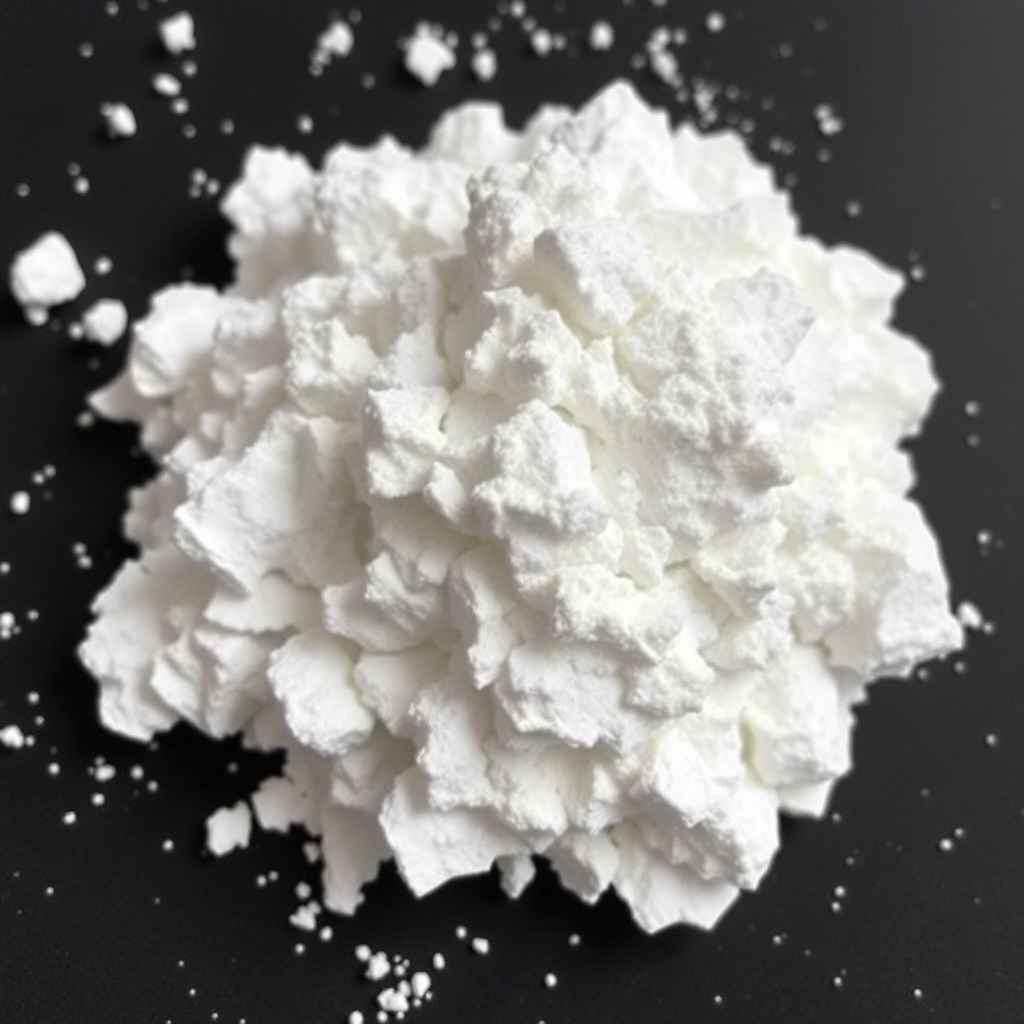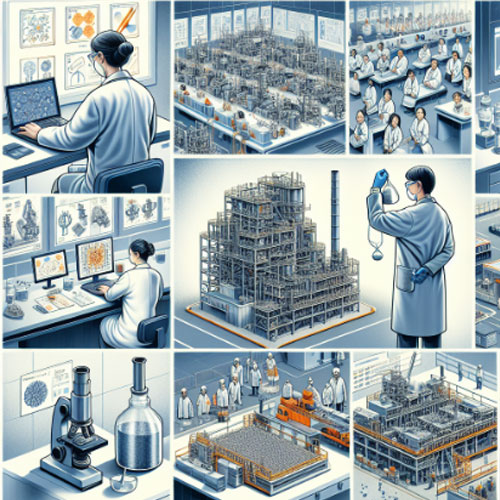![]()
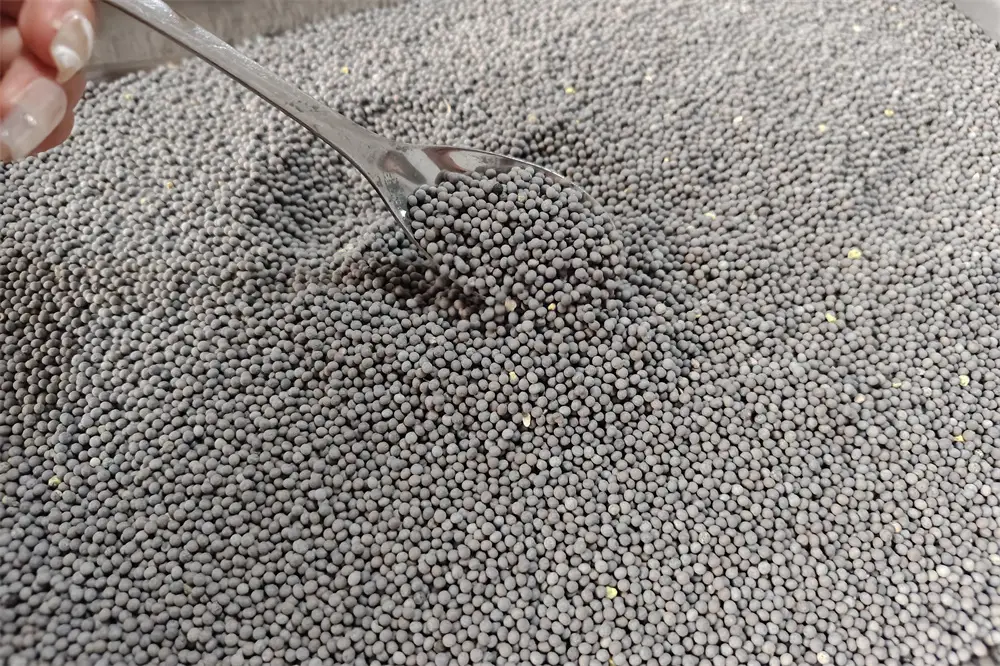
10 usos del paladio sobre la alúmina
El paladio sobre alúmina es un potente catalizador que desempeña un papel crucial en una amplia gama de industrias. Su combinación única de paladio, un metal precioso, y alúmina, un material cerámico poroso, proporciona propiedades catalíticas excepcionales. 10 usos del paladio sobre alúmina Puede ayudar a las industrias a optimizar los procesos, reducir el impacto ambiental y mejorar la eficiencia.
Tabla de contenido
1. Convertidores catalíticos para automóviles: reducción de emisiones nocivas
Uno de los usos más comunes del paladio sobre alúmina es en convertidores catalíticos automotricesEstos convertidores ayudan a minimizar las emisiones nocivas de los vehículos al convertir gases tóxicos como el monóxido de carbono, los hidrocarburos y los óxidos de nitrógeno en sustancias menos nocivas como el dióxido de carbono y el nitrógeno. Con estrictas regulaciones ambientales en todo el mundo, el paladio sobre alúmina se ha convertido en un material indispensable en la industria automotriz, lo que contribuye a un aire más limpio y un transporte más sostenible.
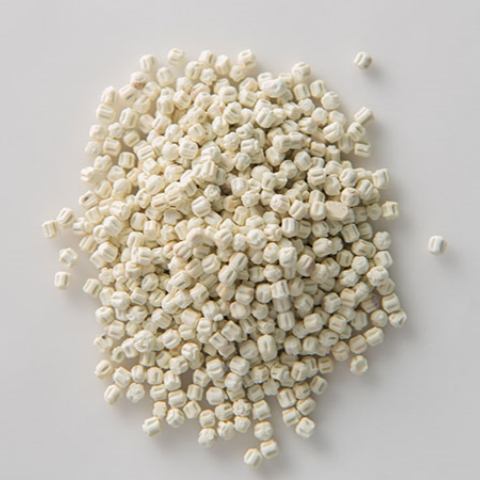
2. Hidrogenación de compuestos orgánicos: esencial para la producción de alimentos
El paladio sobre alúmina se utiliza ampliamente en reacciones de hidrogenación, donde los compuestos orgánicos insaturados se convierten en productos saturados. Esto es crucial en la producción de aceites comestibles y Biodiésel, así como otros productos químicos en las industrias de alimentos y combustibles. Su actividad catalítica permite que el proceso se lleve a cabo de manera eficiente, reduciendo la necesidad de condiciones duras o exceso de energía.
3. Refinación petroquímica: mejora de la producción de combustible
En refinación petroquímicaEl paladio sobre alúmina se utiliza en procesos como reformado catalítico, que convierte la nafta en gasolina de alto octanaje y compuestos aromáticos como benceno, tolueno y xileno. Estos compuestos son importantes en la fabricación de plásticos, productos químicos y farmacéuticos, lo que convierte al paladio sobre alúmina en un material clave en la producción de productos combustibles esenciales.
4. Síntesis química fina: apoyo a reacciones complejas
El paladio sobre alúmina es un catalizador importante en síntesis química finaSe utiliza para facilitar reacciones de acoplamiento carbono-carbono, que son cruciales en la creación de productos químicos finos, polímeros especiales y productos intermedios farmacéuticos. Su eficacia en reacciones orgánicas complejas lo hace indispensable en industrias que requieren productos de alta precisión y alto valor.
5. Deshidrogenación del alcohol: un paso vital en la fabricación de productos químicos
En el proceso de fabricación de productos químicos, deshidrogenación del alcohol Es una reacción esencial en la que los alcoholes se convierten en aldehídos o cetonas. El paladio sobre alúmina es el catalizador que ayuda a facilitar esta transformación, lo que lo hace vital en la producción de disolventes, fragancias y productos químicos industriales.
6. Sistemas de purificación del aire: mejora de la calidad del aire
El paladio sobre alúmina se utiliza en sistemas de purificación de aire, especialmente en entornos industriales, donde ayuda a reducir los contaminantes nocivos. Actúa como catalizador en la descomposición de compuestos orgánicos volátiles (COV) y óxidos de nitrógeno, lo que lo convierte en un componente esencial en los purificadores de aire diseñados para aplicaciones comerciales e industriales. Esto ayuda a mejorar la calidad del aire y garantiza el cumplimiento de las normas ambientales.
7. Tecnología de pilas de combustible: potenciando soluciones energéticas limpias
En el creciente campo de Tecnología de pilas de combustibleEl paladio sobre alúmina desempeña un papel fundamental en la mejora almacenamiento de hidrógeno y mejorar la eficiencia de las pilas de combustible. La capacidad del paladio para absorber y liberar hidrógeno lo hace ideal para su uso en Pilas de combustible alimentadas por hidrógeno, que se utilizan en soluciones de energía limpia y contribuyen a reducir la dependencia de los combustibles fósiles.
8. Hidrogenación de productos farmacéuticos: mejora de la producción de medicamentos
El paladio sobre alúmina se utiliza en la hidrogenación de productos farmacéuticos para producir principios activos farmacéuticos específicos que son cruciales en la medicina moderna. Al facilitar el proceso de hidrogenación, el paladio sobre alúmina mejora la eficiencia y selectividad de las reacciones, lo que contribuye a la producción de medicamentos de alta calidad.
9. Fabricación de productos electrónicos: Habilitación de dispositivos de alto rendimiento
En el Industria electrónicaEl paladio sobre alúmina se utiliza en la producción de sensores, chips de memoriay otros componentes críticos. Sus propiedades catalíticas ayudan a mejorar el rendimiento, la confiabilidad y la longevidad de los dispositivos electrónicos, lo que lo convierte en un material esencial en la fabricación de alta tecnología.
10. Síntesis de polímeros especiales: creación de materiales de alto rendimiento
En la producción de polímeros, se utiliza paladio sobre alúmina para catalizar reacciones de polimerización que dan como resultado la formación de polímeros especialesEstos materiales de alto rendimiento se utilizan en una amplia gama de aplicaciones, incluidas las industrias automotriz, aeroespacial y médica. El uso de paladio sobre alúmina ayuda a mejorar la calidad y la eficiencia del proceso de polimerización, lo que lo convierte en una herramienta invaluable en la producción de materiales avanzados.
¿Por qué elegir paladio sobre alúmina?
Paladio sobre alúmina destaca como un catalizador ideal para numerosas aplicaciones industriales debido a su:
- Alta eficiencia catalítica:La combinación de paladio y alúmina maximiza el área superficial y la actividad catalítica, lo que permite reacciones más rápidas y eficientes.
- Estabilidad térmica:El paladio sobre alúmina puede soportar altas temperaturas, lo que lo hace adecuado para su uso en condiciones extremas, como en convertidores catalíticos o reactores industriales.
- Durabilidad:El paladio sobre alúmina tiene una larga vida útil, lo que reduce la frecuencia de reemplazo del catalizador y disminuye los costos operativos en las industrias.
- Beneficios ambientalesAl reducir las emisiones nocivas y permitir procesos de producción más limpios, el paladio sobre alúmina contribuye a prácticas industriales más sostenibles.
Conozca más sobre el paladio sobre alúmina y otras materias primas químicas
Para obtener más información sobre el paladio sobre alúmina y sus aplicaciones, o para explorar otras materias primas químicas de alta calidad, visite HonrelNuestra amplia gama de productos incluye materiales catalíticos, metales preciosos y productos químicos especializados para diversas industrias.

